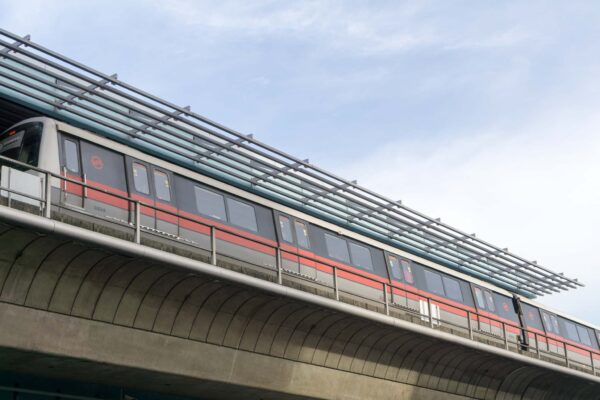
Yesterday, two trains collided at Joo Koon station. 29 people were hurt. Some preliminary findings have been quickly offered. I’m not sure if their explanations have been at all satisfactory. In fact, I find the explanations don’t make sense, and they in fact raise more questions. Can we please get simple straight answers?
SMRT and LTA had explained initially that a software protection feature had become disabled. What does this protection feature do, prevent trains from colliding?
But subsequently, they also explained that a stalled train at Joo Koon station had mistakenly given off the profile of a three-car train, instead of a six-car train, and this had resulted in the second train “misjudging the distance” between the two trains. Is this related, and how is it so, to the software protection feature?
We heard, despite the misjudged distance, the second train had in fact come to a full stop 10.7 metres behind the first train. That’s good, despite a breakdown, the second train stopped a good 10 metres away. Why did the second train then lurch forward, and then collide into the first train?
I think that is the crux of the matter now. The second train had stopped. 10 metres is definitely far too short a safe separation distance. But the second train did stop before contacting the first train. What happened after that? Why did the train resume its forward movement? Was it a computer error, or was the movement commanded by a human operator?
I absolutely love how the Straits Times put it:
As a result, a second train which stopped 10.7m behind the first one “misjudged the distance” between the two, resulting in a collision, and injuring 29 people.
There was a collision, despite the second train being 10.7 metres away.

It’s so completely opposite of how the authorities described the accident. SMRT had said:
This morning at 8.18am, a train heading in the direction of Tuas Link station stalled at Joo Koon station. At 8.19am, a second train stopped behind the first faulty train. At 8.20am, the second train moved forward unexpectedly, and came into contact with the first train.
The “contact” resulted in 29 injured, 2 seriously, which included fractures.
The next time you take the train, please make sure you always hold on to something securely. Maybe the authorities should require seat belts on the trains.
It sounds like Transport Minister Khaw Boon Wan is unwilling to commission an inquiry, having already declared that if the facts of the incident aren’t complicated, no inquiry would be needed. Who is to decide if the facts are complex or not?
It’s not so much I want an inquiry. But I am certainly interested to know the true facts of the matter.
If anyone recalls the previous accident in 1993, in which 156 commuters were injured, I haven’t found their explanations, despite there having been an inquiry, at all satisfactory.
In that accident, 50 litres of oil had spilled onto the tracks. As a result, one train collided into another stationary train at Clementi station because it was unable to brake properly. The spill had occured during maintenance at 5am. The collision occured shortly before 8am. Why did other trains not have a problem braking?
Oh wait, apparently other trains did. The official report said 10 trains reported braking difficulties. In fact, SMRT was already aware of the oil spill after the maintenance.
But that’s not the crux of it. Why was a second train sent into, or so near to, Clementi station while another train was still in there? Where was the second train supposed to stop?
I see there could be some similarities with yesterday’s incident at Joo Koon station. The first train erroneously gave off a shorter train profile than it actually was. Given that each car length is 23.5 metres, and that the second train was only 10.7 metres from the end of the first train, is that to say that the separation distance between two trains is just 81.2 metres?
That doesn’t leave a lot of margin of error. Is the 81.2 metres a normal separation distance?
View Comment Policy